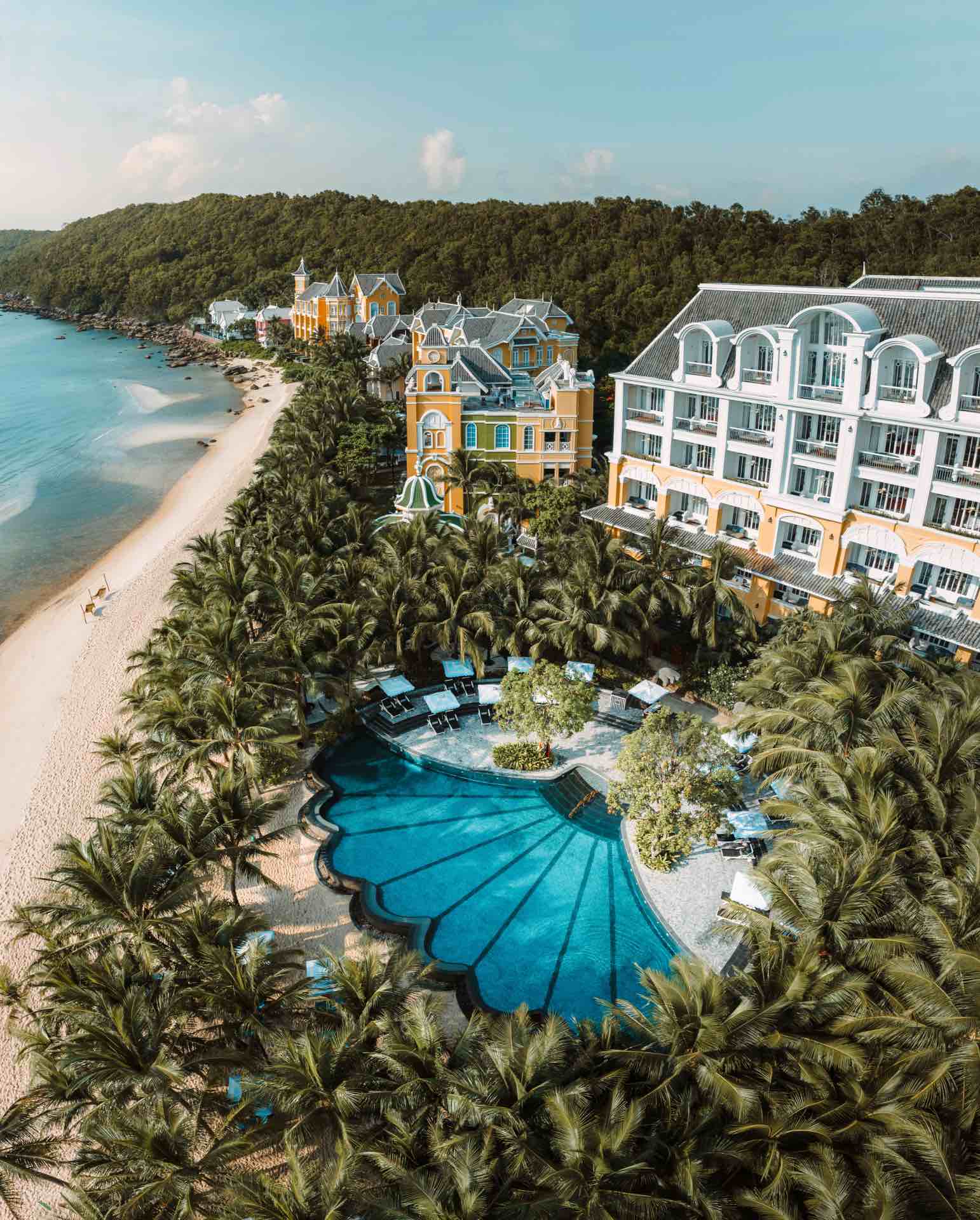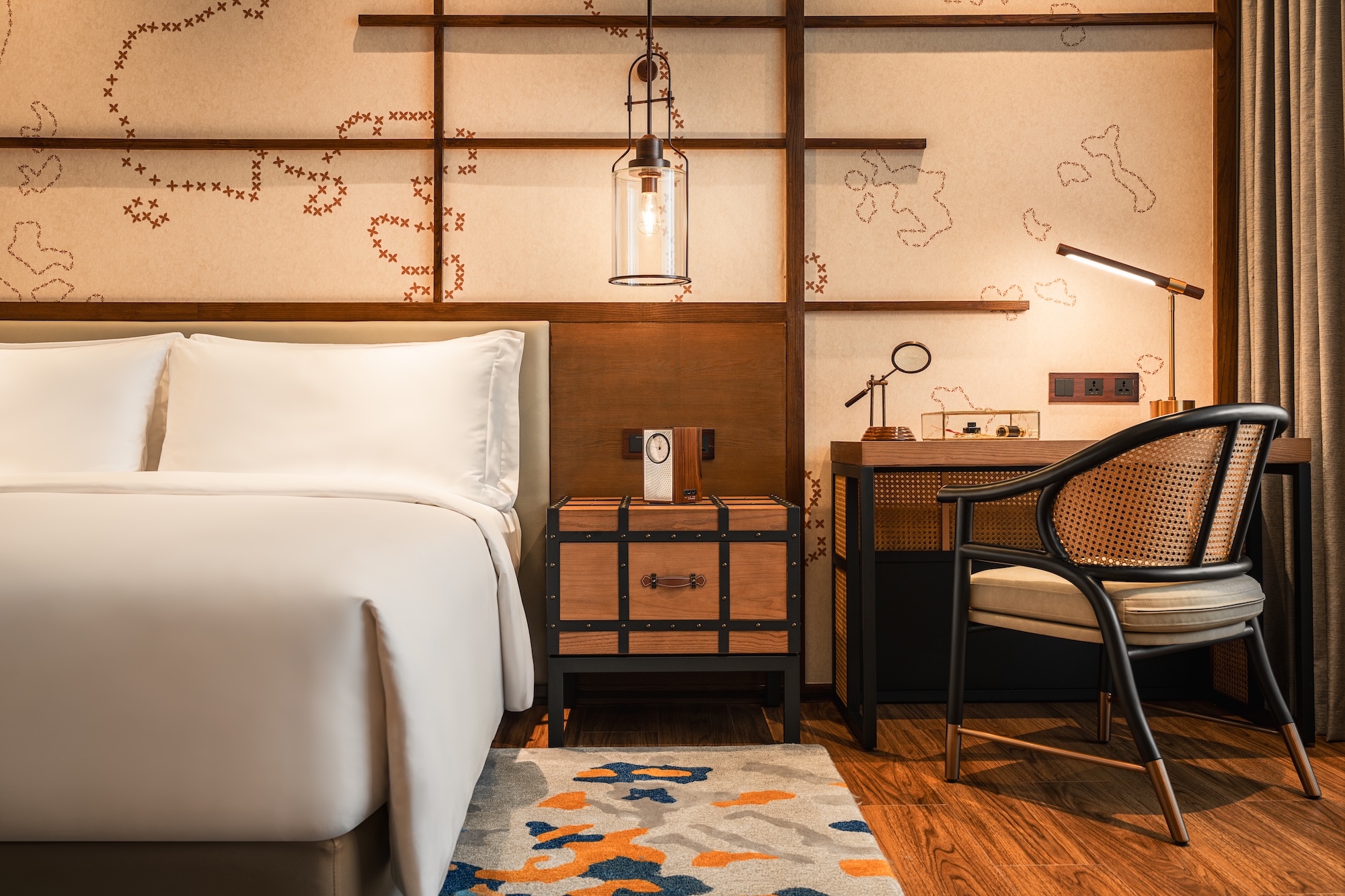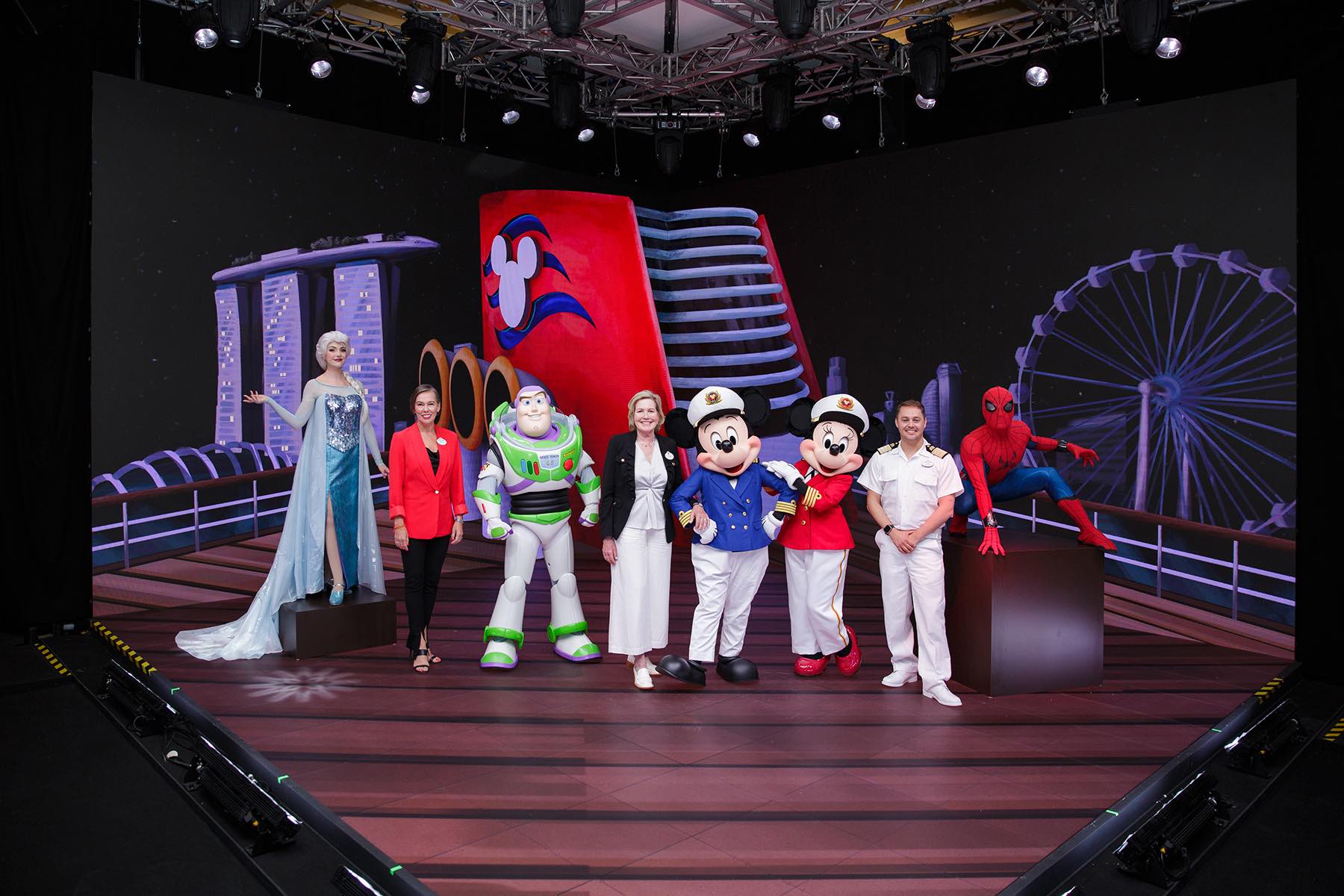With its endless neon signs and round-the-clock shopping din, Seoul is an assault on the senses. It can also be tough to crack for new visitors. Home to some 20 million inhabitants, it’s one of the most densely populated places on Earth and seemingly dripping with ultra-hip cafés, boutiques, art spaces—and untranslated signs and menus. Thanks to PSY, the flashy district of Gangnam may steal the headlines, but there’s much, much more to explore.
1. Visit the Obligatory Castle
Seoul’s Five Grand Palaces, built by the kings of the Joseon Dynasty (14th-19th centuries), are arguably the city’s biggest landmarks. If pressed for time or fearful of palace fatigue, though, you may want to side-step the larger, more famous Gyeongbokgung Palace in favor of Changdeokgung Palace, considered by many to be the most beautiful and best preserved, being added to UNESCO’s World Heritage List in 1997. Completed in 1412, Changdeokgung was home to 13 Korean kings over 270 years. While the main palace building Injeongjeon is a colorful and stately centerpiece, the highlight of the place is the walk through dense woodland to the serene 78-acre Huwon (secret garden) at the rear, with its lotus pond, pavilions and centuries-old trees. Admission is 3,000 won ($3.62).
Getting there: Anguk Station (Subway Line 3), Exit 3.
2. Step Back in Time
You’ve likely seen the photos—now snap your own! The picturesque Bukcheon Hanok Village offers a real throwback, being where the aristocratic classes lived in the Joseon Dynasty some 600 years ago. The village is home to Seoul’s highest concentration of traditional wooden houses, called hanok, while the sloping, narrow alleyways offer glimpses into small courtyards and vistas of dark tiled roofs—and, yes, lots of fellow tourists. Some of the hanoks here are still residential, while most others have been converted into art galleries, restaurants and cafés.
Getting there: Anguk Station (Subway Line 3), Exit 2.
3. Get Caffeinated
Much like Singaporeans, it seems, Seoulites are crazy about coffee. Ubiquitous local and imported chains like Twosome and Paul Bassett keep things fairly artisanal, offering hand-drip options and daily rotating beans and blends. But for a taste of the new breed, visit Coffee Libre, a cramped but achingly cool hole-in-the-wall in Hongdae (see #7) considered one of the top local roasters for their single-origin coffee beans. Elsewhere, the quaint, almost European-feeling district of Samcheong-dong offers a charming array of coffee houses and boutiques to go with the scenic mountain-side setting.
Getting there: Anguk Station (Subway Line 3), Exit 1.
4. Shop the Essentials
Bustling Myeongdong is the most popular shopping district in Seoul, home to designer brands, cosmetic labels galore and several major department stores like Lotte and Shinsegae. Two must-stops for discerning fashionistas, though, happen to be right across from one another: American Apparel, the American brand renowned for its sweatshop-free fashionable basics (and racy ads), and Åland, a local multi-label fashion store. This latter serves up inter labels like APC and Martin Maison Margiela alongside an extensive selection of the country’s rising designers and vintage-wear over four floors, complete with walls bearing quotes from the likes of Henry Miller and Jorge Luis Borges for added cool factor.
Getting there: Myeongdong Station (Subway Line 4), Exit 6.
5. Get a Glimpse of the Future
Formed entirely of curves, the Dongdaemun Design Plaza is said to be the world’s largest freeform building, boasting a harmonious asymmetrical arrangement. Only opened in March, Seoul’s newest landmark looks like something from outer space. Formerly Dongdaemun baseball stadium, Iraqi-British starchitect Zaha Hadid’s design is an oddly horizontal landmark that’s all but impossible to snap in one shot from ground level. Spanning some eight football fields, but no higher than four floors., its almost entirely window-less exterior is made from over 45,000 aluminum panels, while inside is an art hall, design mall and other facilities.
Getting there: Dongdaemun History & Culture Park Station (Subway lines 2, 4 and 5), Exit 1.
6. Eat, Eat, Eat
Just like Singapore, Seoul boasts an abundance of street food. One big reason to visit the rather touristy Insadong Antique Street is to sample the pushcarts selling everything from chicken skewers (dak kkochi) to grilled octopus and egg bread (gaeren bbang). One absolute must-try in the winter is hotteok, a warm and gooey donut-like dessert stuffed with sugar, honey, nuts and cinnamon. One of the most famous versions is found here in Insadong. This is one donut you do not want to miss.
Getting there: Anguk Station (Subway Line 3), Exit 6.
7. Meet the Students
While Gangnam is known for its high-end fashion boutiques and equally elevated clubs, the area surrounding Hongik University, Hongdae, is an altogether rawer, more alternative affair, where you’re more likely to end up drinking with your new best friends. Here, you’ll find a bright mix of college nightlife, cafes and seemingly endless bric-a-brac for sale. Every last Friday of the month is “Club Day,” where a 15,000-won ($18.12) ticket gains you entry to 11 clubs, including names like Hooper and Old Rock, plus one drink. (Be warned: You can expect some packed crowds.) Another good day to visit is Saturday for the bustling weekend flea market, where students and arty types sell jewelry, leatherwear and much more.
Getting there: Hong-ik University Station (Subway Line 2), Exit 6.
8. Shop, Don’t Sleep
Your last stop for the day should be late-night shopping in Dongdaemun, Seoul’s wholesale district. Most malls here open from 10:30am to 5am the next day, but the best time to go is after 10pm, when the area is in full throng. The market comprises two sections (retail and wholesale), some 26 malls and 30,000 shops selling everything from shoes to household goods. Of particular note are Shinpyeonghwa Fashion Town, with its floor after floor of the latest trend pieces; the secondhand book zone on the first floor of Pyeonghwa Market that carries foreign-language titles; and Mukja Golmok food alley, for a hearty Korean chicken soup. Even if you don’t have budget to blow, Dongdaemun really is a great place for people-watching, too.
Getting there: Dongdaemun Station (Subway lines 1 and 4), Exit 8





